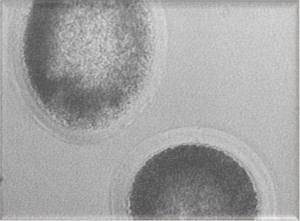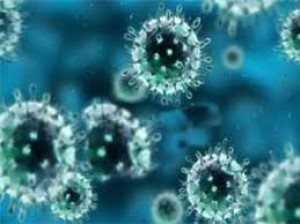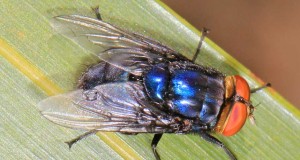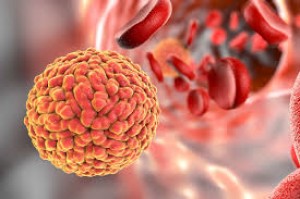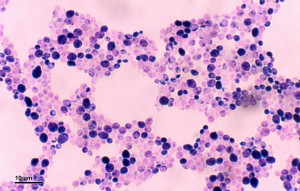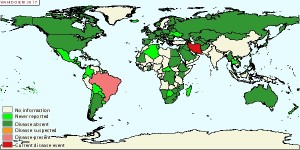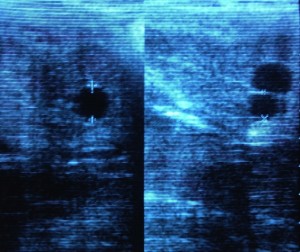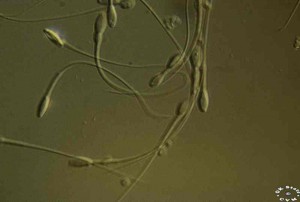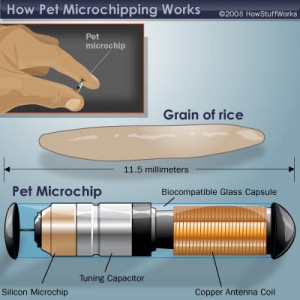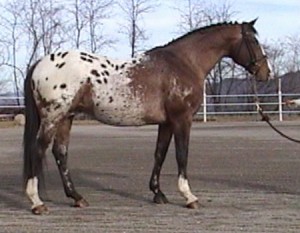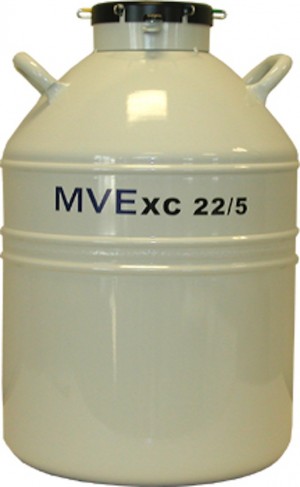New potential agent of Equine Protozoal Myeloencephalitis (EPM) Investigated.

Research published in the Veterinary Journal in June of 2017 has shown that a third agent of EPM (equine protozoal myeloencephalitits) may need to be considered in the causative agents list. Current thought is that this neurologic disease of horses is related to infection with either Sarcocystis neurona or Neospora hughesi. Toxoplasma gondii (T gondii) exposure as evidenced by elevated serum titers (antibody presence) has been shown in this California study to have a higher than expected association with clinical signs of EPM. The auhors of this report state: \"The association between high T gondii titres and clinical signs compatible with EPM is potentially reflective of toxoplasmosis in equines. Serologic testing of cerebrospinal fluid and isolation of T gondii in EPM suspect cases should be considered. Future studies investigating the relationship between T gondii and EPM are warranted.\"
Toxoplasma gondii causes a disease known as toxoplasmosis. While the parasite is found throughout the world, more than 60 million people in the United States may be infected with the Toxoplasma parasite. Of those who are infected, very few have symptoms because a healthy person’s immune system usually keeps the parasite from causing illness. However, pregnant women and individuals who have compromised immune systems should be cautious; for them, a Toxoplasma infection could cause serious health problems (from the CDC website).
The only known definitive hosts for Toxoplasma gondii are members of family Felidae (domestic cats and their relatives). Humans and any other mammal can become infected by any one of several routes including eating undercooked meat, eating food, water or soil contaminated by cat feces. Barn and other feral cats around an equine facility or feed production facility or hay sources are all potential points of contamination. BUT NOT ALL CATS are shedding the infective agent all of the time! Kittens especially can shed millions of oocysts in their feces for as long as 3 weeks after infection. Mature cats are less likely to shed. The disease is more likely to occur in cats with suppressed immune systems, such as in young kittens, and in cats suffering from with the feline leukemia virus (FELV) or the feline immunodeficiency virus (FIV).
Further reading:
Toxoplasma gondii seroprevalence and association with equine protozoal myeloencephalitis: A case-control study of Californian horses. James KE, Smith WA, Packham AE, Conrad PA, Pusterla N. Vet J Jun 224:38-43, 2017.
Toxoplasmosis in Cats. Cornell Feline Health Center. Kornreich B, Associate Director. (https://www2.vet.cornell.edu/departments-centers-and-institutes/cornell-feline-health-center/health-information/feline-health-topics/toxoplasmosis-cats)
Parasites - Toxoplasmosis (Toxoplasma infection): Centers For Disease Control and Prevention (CDC; https://www.cdc.gov/parasites/toxoplasmosis/)
Dr. William B. Ley DVM, MS, DACT Articles
Related Links
Allowed: 64M/67108864KB.
Current: 7300KB. Peak: 7370KB.


